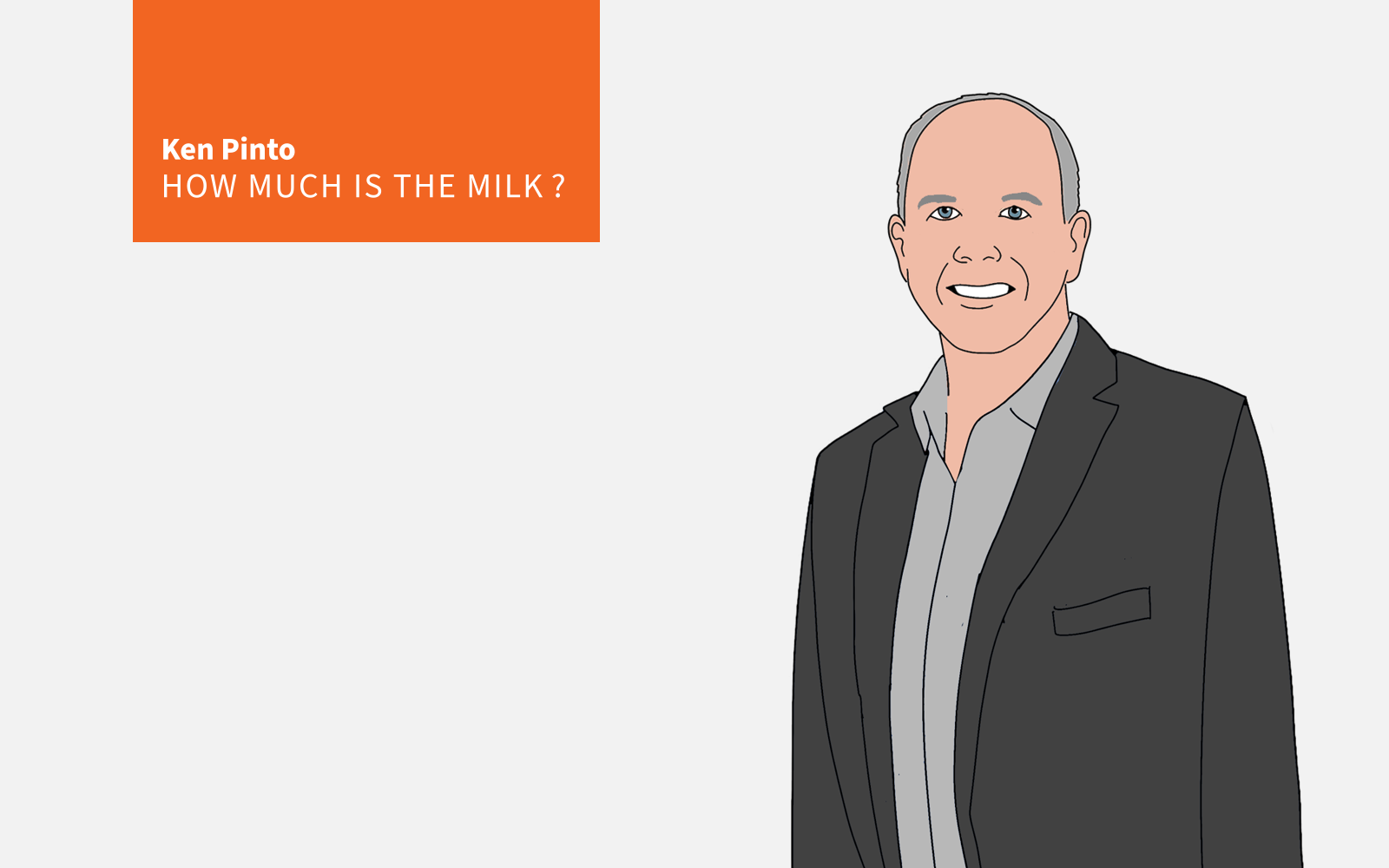Products
Margin Pressure Gauge: Ken Pinto’s Q3 LBM Commodities Report
Moving from lump-sum contracts to unit pricing to find ways to reduce costs in the supply chain can be a win for homebuilders worried about high construction expenses.

I have presented to dozens of homebuilding companies and division presidents. One thing they all share in common is their perpetual focus on lowering construction costs.
During the supply-constrained years of 2021-22, labor and material prices soared initially because the supply/demand ratio allowed them to, but later because labor, raw materials, and energy costs increased.
We’re two years out of the “COVID years,” and we still have trouble bringing house construction costs back down. Copper wire, for example, has increased 364% since 2019. Waiting and bidding multiple times has not proven a sufficient strategy.
Best practices for lowering costs start with the amount we are currently paying, which is the sticking point for most homebuilders. Few know how much they pay for a sink, front door, or sheet of drywall, which prevents them from determining whether a gap exists between what we are currently paying and what we should pay.
This Q3 commodity report shows more negative numbers than I have seen since the Great Recession. Builders need initiative and a good strategy to take advantage of the price decreases.
The journey from lump sum contracts to unit pricing is worth its weight in gold. It enables the next step of discovering opportunities to reduce costs in the supply chain. Cost reduction is not a zero-sum game—it does not require us to take profit from someone else in the chain. I have found many places where waste exists, and that waste can be converted to cost savings for anyone who wants it.
First, you have to know how much the milk costs.
Quarterly Highlights
Aluminum Wire
China’s stimulus has propelled construction projects, driving demand on aluminum. While prices are only up 15% in Q3, they are up 69% this year. Some homebuilders chose to move away from copper wire for copper clad aluminum (CCA) wire for the cost savings. While still a lower cost alternative to copper wire, this year’s increase in aluminum pricing is starting to chip away at the cost advantage.
- Aluminum wire pricing is up 68% since January, and up 667% since 2019.
Cement and Readymix
Cement prices remain volatile through Q3, reflecting fluctuations in raw material costs (limestone, clay, gypsum, etc.), energy prices, and transportation expenses.
- Cement is up 35% this year, 48% from last year, and 118% from 2019.
- Readymix pricing is controlled by local supply and demand. Speculators are expecting commercial construction (the largest user of concrete) may be waning the rest of this year. Keep an eye on this and bargain for lower concrete prices when you can.
Drywall
The cost of raw materials, such as gypsum and paper, remains a central factor in pricing increases. However, as construction projects spread further from distribution centers, the cost of transportation becomes a more relevant factor in overall drywall pricing.
- Drywall was up 7% this year and is 63% above 2019 prices.
Wall Insulation
Insulation jumped up last quarter and has held steady in Q3. The price of oil impacts insulation and is poised to hold steady.
- Insulation is up 8% this year, up 5% from last year, and up 63% from 2019.
Diesel Fuel
Now that the general election is over, speculation about fuel prices abounds. Diesel fuel is down 9% since January and is expected to remain stable through winter, at least for the short term. For purchasing agents with old fuel surcharge change orders, it may be time to back out those costs.
Asphalt
After making jumps in the past two quarters, Asphalt has come down a bit. We are still up 10% this year, but down 18% from this time last year. As long as oil prices remain stable, I would not expect upward movement in asphalt pricing. Beware a heavy storm season that can drive asphalt demand for new roof shingles.
Titanium Dioxide (TiO2)
Titanium dioxide (TiO2) is the raw material that makes things white (vinyl windows, paint, plastic pipe, etc.). Last quarter we stated our suspicion that TiO2 was poised for price increases, and sure enough, pricing is up 59% since January. Much of this increase occurred in Q3, according to Kronos Worldwide (KRO), one of the largest global producers of TiO2. Industry analysts believe the price went up too fast and is poised to drop slightly in Q4.
Looking Around the Next Corner
Our crystal ball tells us that commodity prices will likely hold or decrease slightly during the winter months, barring political news that could quickly change them.
Lumber inventories are low. If you plan to ramp up housing starts faster than your current pace, you should collaborate with your lumber distributors to ensure you have what you need when needed. Analysts expect lumber prices to rise slowly and steadily through Q4, but there are still advantageous deals for those who can accurately forecast new-home starts.
Transportation prices and lead times are slightly down across the country, but especially in the West.
MORE IN Products
T-Time Ticking? Ken Pinto's Q4 Homebuilding Commodities Report
With end-of-year price hikes looming, homebuilders are pushing back harder than ever on material costs. Sharpened cost-control strategies, from commodity tracking to supplier negotiations, will be critical as builders brace for supply chain and demand-driven price shifts.
Brace for Impact: Builders Must Expect 2025 Supply Shocks ... Again
Strategic sourcing and supply chain sage Ken Pinto reveals how tariffs, labor policies, and thin margins could test builders’ resilience in a turbulent 2025. "Covid supply shocks were a missed opportunity."
Resilient Solutions For Some Of Homebuilding's Big Challenges
How Boise Cascade’s leadership in innovation, sustainability, and trusted partnerships helps builders navigate volatility and achieve long-term success.
